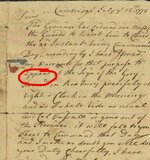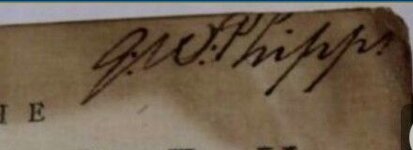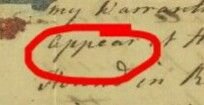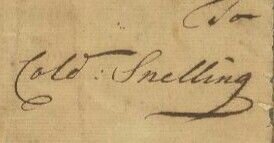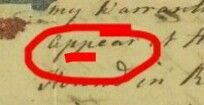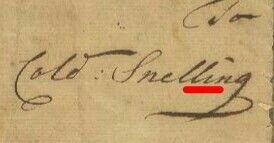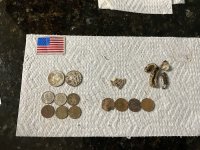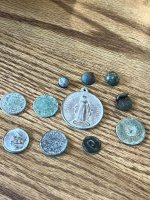Ditlihi
Banned
- Aug 20, 2016
- 1,227
- 4,793
- Primary Interest:
- All Treasure Hunting
I don't usually post over here, but need an opinion.
Does this inscription ring a bell with anyone else?
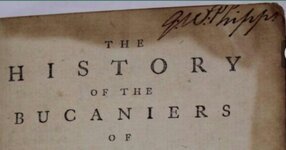
SCARCE 1774 HISTORY OF THE BUCANIERS OF AMERICA BUCCANEERS PIRATES FREE-BOOTERS | eBay
Does this inscription ring a bell with anyone else?

SCARCE 1774 HISTORY OF THE BUCANIERS OF AMERICA BUCCANEERS PIRATES FREE-BOOTERS | eBay



